Around the end of this decade, when it is scheduled to be decommissioned, the International Space Station (ISS) will be guided by a spacecraft into the atmosphere and burn up.
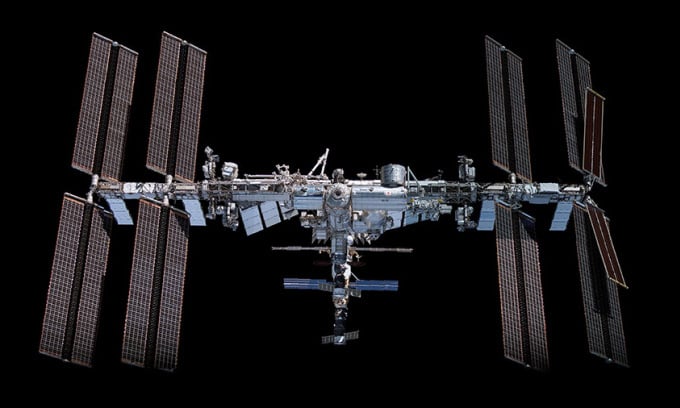
The International Space Station (ISS) taken from SpaceX's Crew Dragon spacecraft. Photo: NASA
Currently, NASA and most of its international partners plan to operate the ISS until 2030. At that time, the basic structure of the station will become "exhausted" and cannot continue to safely receive astronauts. Therefore, experts must find the most suitable way to handle this giant structure weighing about 420 tons, New Atlas reported on September 24.
Five space agencies, the Canadian Space Agency (CSA), the European Space Agency (ESA), the Japan Aerospace Exploration Agency (JAXA), the US National Aeronautics and Space Administration (NASA) and the Russian space agency Roscosmos, have operated the ISS since 1998, each responsible for managing and controlling the hardware it provides. The station is designed to be interdependent and rely on contributions from its partners. The US, Japan, Canada and ESA have committed to operating the station until 2030, while Russia plans to operate it until at least 2028.
With the ISS decommissioned, pushing it to a higher orbit would be impossible because it would require enormous amounts of energy and the stress on the station could cause it to break apart. The alternative is a controlled descent into the atmosphere, where it would burn up and any remaining debris would fall into an uninhabited sea.
Initially, experts planned to use a group of Russian Progress cargo ships to push the ISS into the desired orbit. However, after careful study, NASA and its partners operating the ISS realized that this method would not be effective enough. In addition, Russia's planned departure in 2028 and the deterioration of relations between Russia and other partners may have made the previous plan uncertain.
Instead, NASA is proposing that American companies develop a US Suborbital Vehicle (USDV), which would be used for the final descent after the ISS naturally descends. The vehicle could be a modified version of an existing vehicle or an entirely new design. The USDV would need to be operational on its first flight, with enough redundancy and anomaly recovery to continue the crucial descent, bringing the ISS down into the atmosphere and burning up. The USDV would take years to develop, test, and certify.
Thu Thao (According to New Atlas )
Source link




![[Photo] Prime Minister Pham Minh Chinh attends the patriotic emulation congress of the banking sector](/_next/image?url=https%3A%2F%2Fvphoto.vietnam.vn%2Fthumb%2F1200x675%2Fvietnam%2Fresource%2FIMAGE%2F2025%2F11%2F24%2F1763981997729_tt-nhnn-jpg.webp&w=3840&q=75)



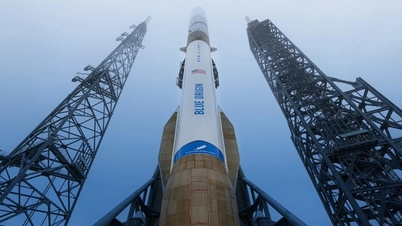

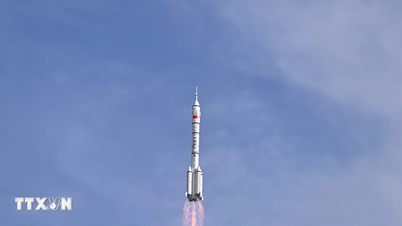


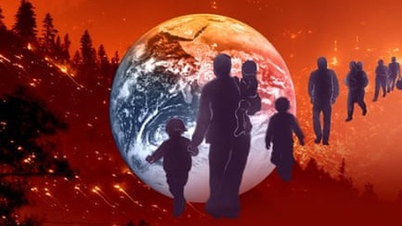






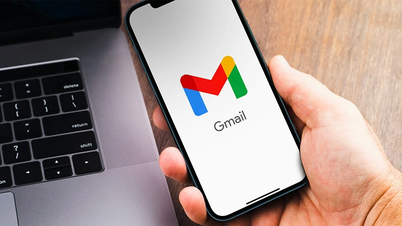

















![[Photo] Next to the "mountain of trash" after the flood, Tuy Hoa residents strive to rebuild their lives](/_next/image?url=https%3A%2F%2Fvphoto.vietnam.vn%2Fthumb%2F1200x675%2Fvietnam%2Fresource%2FIMAGE%2F2025%2F11%2F24%2F1763951389752_image-1-jpg.webp&w=3840&q=75)



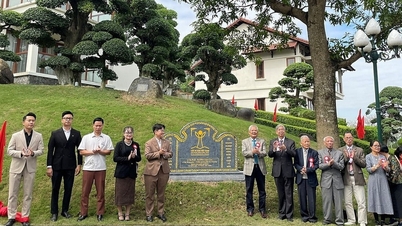

















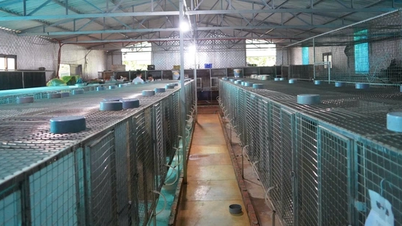



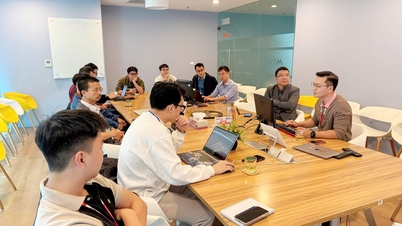


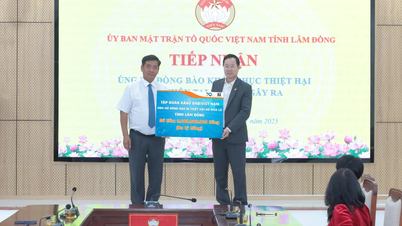




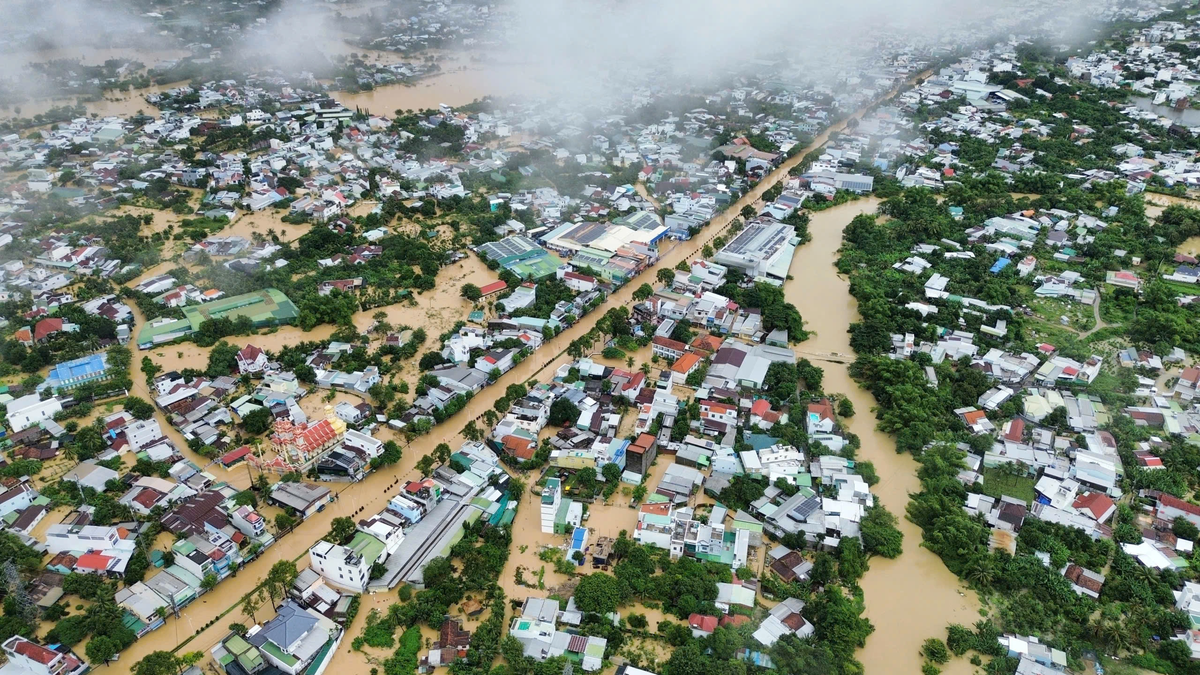





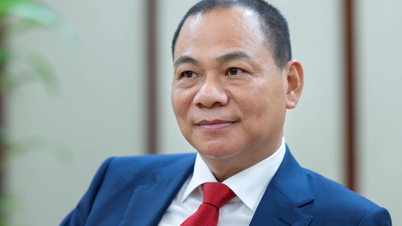


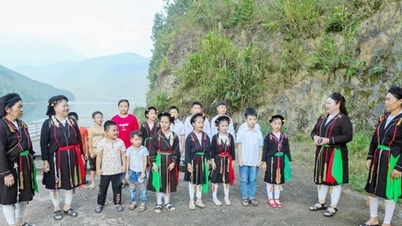














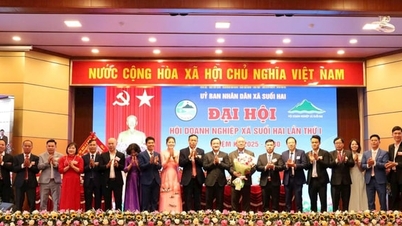














Comment (0)